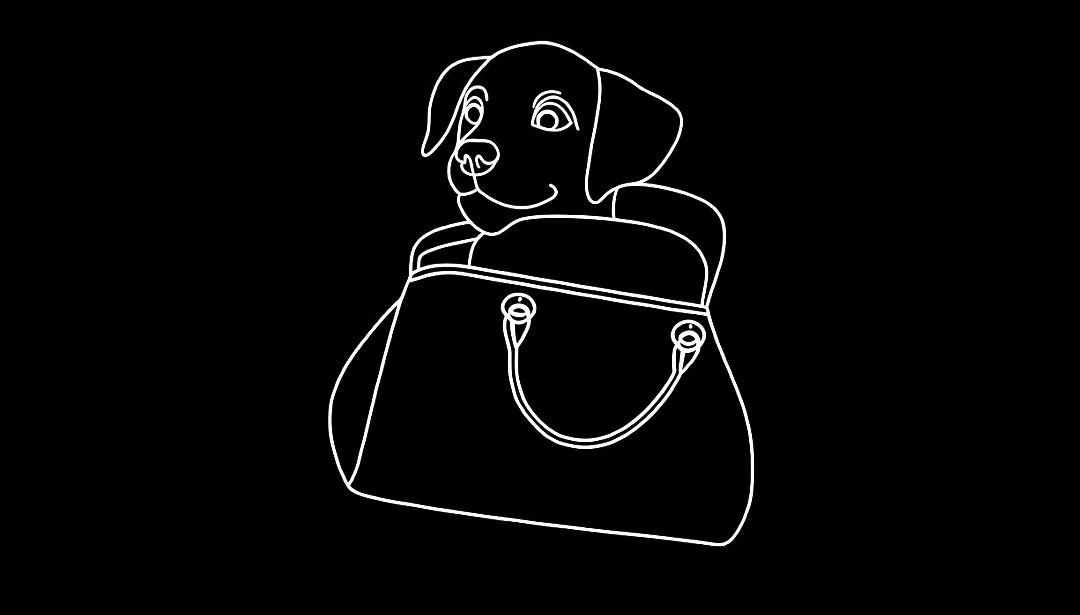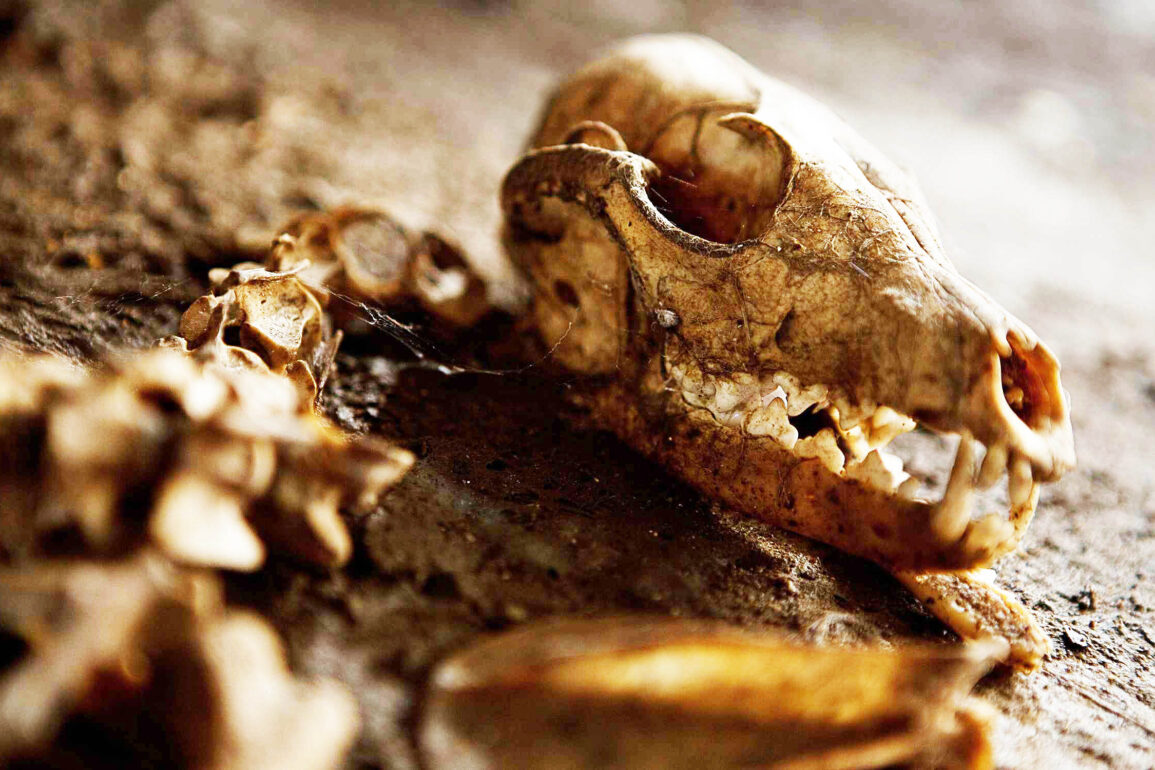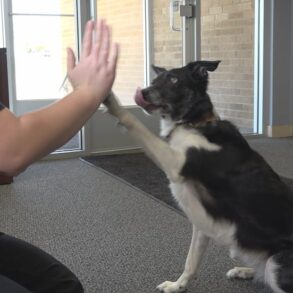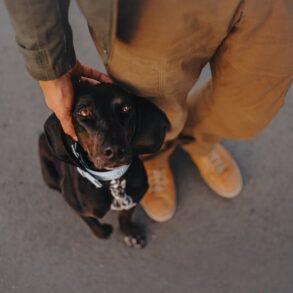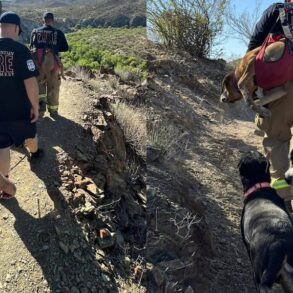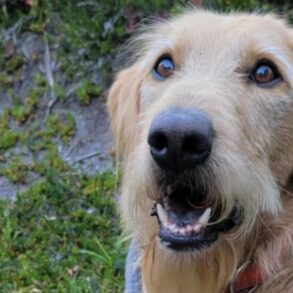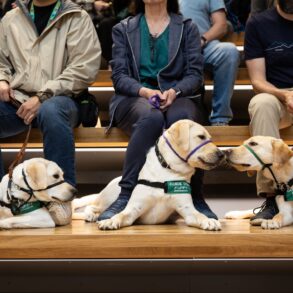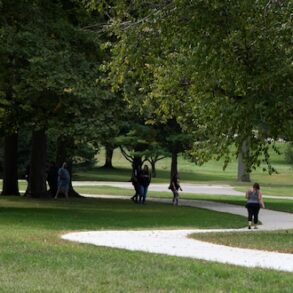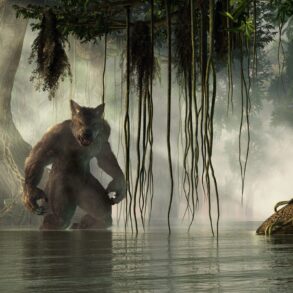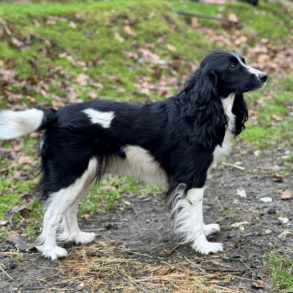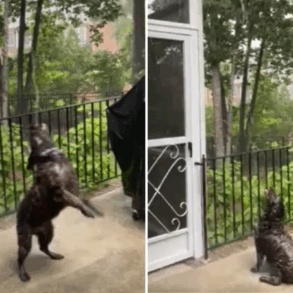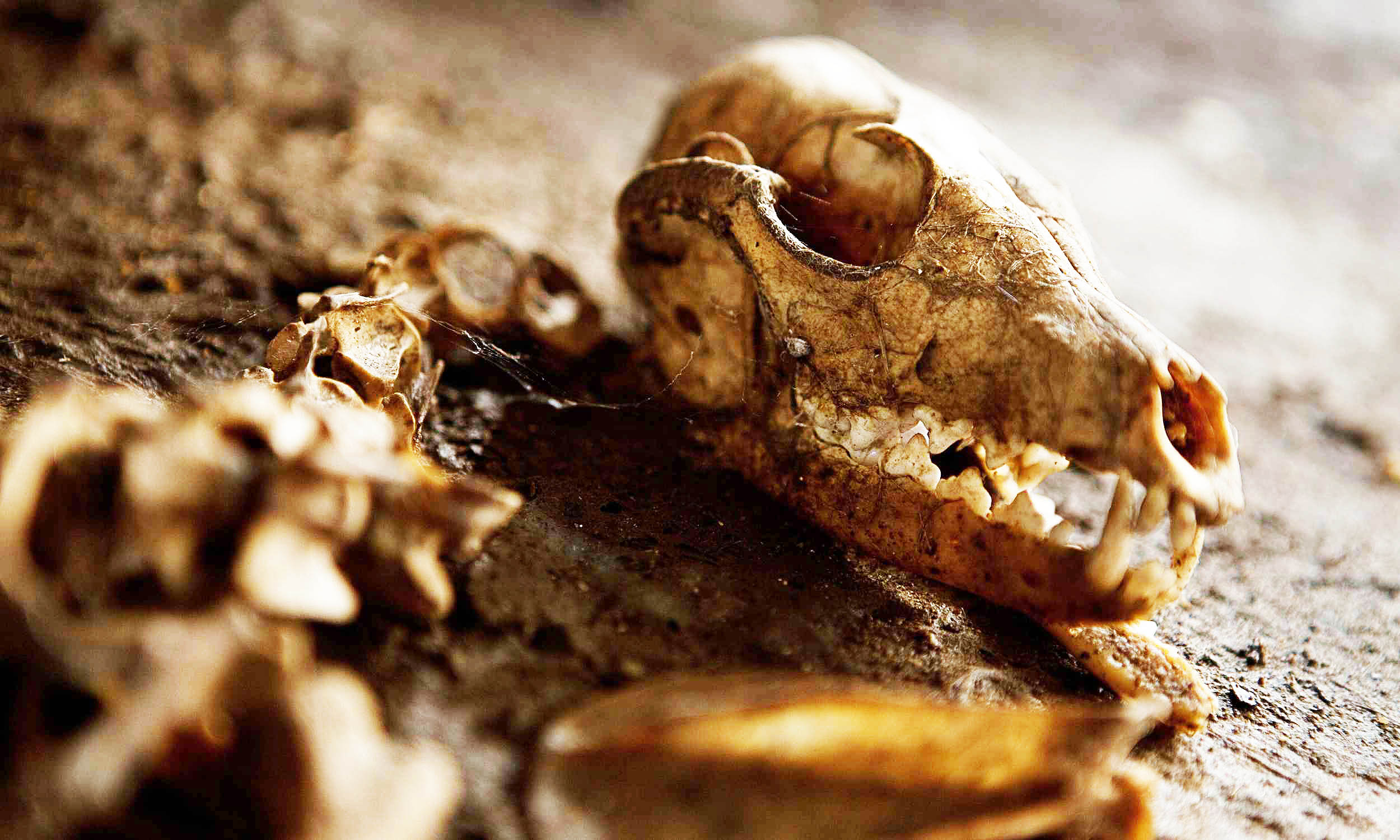
A 16,000-year-old canine skeleton was recently uncovered in southern France. Experts say this is a rare find that sheds light on how Stone Age humans interacted with dogs at a time when both species were figuring out how to live together.
This animal’s remains, first discovered in 2021 by a group of spelunkers in the Baume Traucade cave, offer a window into a past where trust and conflict might have existed in the same breath.
The lead author, Dr. Mietje Germonpré from the Royal Belgian Institute of Natural Sciences, has studied early canid remains for decades.
Uncovering ancient bonds
The nearly complete skeleton belonged to a type known as Palaeolithic dogs. Researchers determined it was about 24 inches (61 centimeters) tall at the shoulder and weighed an estimated 57 pounds (26 kilograms).
This size, along with other skeletal measurements, indicates that the animal was an adult female that was old enough to have experienced at least one year of maturity. The physical traits of the animal were closer to those of ancient dogs than to wolves.
Experts analyzing these bones suspect the animal was part of a growing connection between humans and canids, which may have involved shared shelter, food sources, or protection.
Some remains from other sites in Western Europe hint that these creatures may have provided practical help, including hunting assistance.
A puzzle of injuries
Evidence of trauma is written on the skeleton in the form of impact marks. Researchers say this indicates human involvement shortly before the dog’s death.
“It is feasible that the individual obtained [its] injuries from being beaten or struck by people,” said Loukas Koungoulos from the University of Western Australia, who was not part of this analysis.
There is also evidence that humans might have cared for the dog during its life, as the skeleton’s condition suggests it may not have been fending for itself outdoors. This would indicate a possible early attempt at domestication.
Clues from the cave
Baume Traucade is located about 525 feet (160 meters) below the surface on a slope shaped by rocky cliffs. This cave is in a region with numerous archaeological sites that show a long history of human use.
The canid skeleton’s position in the cave implies it wasn’t dragged in by large predators or moved by floodwaters.
The dog’s remains were buried under layers of sediment that preserved the bones for millennia. Researchers believe it died inside the cave, though they remain unsure whether it was led there intentionally or wandered in.
Implications for domestication
This discovery holds significance for our understanding of how early dogs might have been welcomed into human groups.
Ancient people could have been exploring ways to benefit from these animals’ natural instincts. Some dogs may have earned a spot near the fire, while others might have ended up in conflict with their keepers.
Researchers have long debated when and how grey wolves began evolving into domestic companions. Genetic studies suggest that dog domestication might have begun during or before the Last Glacial Maximum, though not all lineages survived to the present.
Balancing care and aggression
Further examination points to a complicated picture of cooperation and aggression. This canid may have been nurtured for certain tasks before meeting a violent end. It’s possible that humans valued the dog’s loyalty but also resorted to lethal force if they viewed it as a threat.
Such complexities are not surprising given the harsh environment of the late Pleistocene. Food shortages, harsh weather, and competition from other predators might have influenced how people treated animals.
These dynamics represent the start of a long and varied journey for the species we now see snoozing on our couches.
Comparisons with other sites
Similar Palaeolithic dogs have emerged at sites in Germany, Spain, and Belgium. The 14,000-year-old remains at Bonn-Oberkassel, for instance, included a partial skeleton that was buried with humans. Each find contributes fresh details about the earliest efforts to shape wolf-like creatures into domestic dogs.
Though many remains are incomplete fragments, the Baume Traucade skeleton is almost intact. This allowed for thorough measurements of skull, jaw, and limbs. The bones were then compared to fossil wolves, modern canids, and other prehistoric samples.
Lingering questions
One of the biggest challenges is pinpointing when domestication began. Some researchers argue that earlier finds might represent wolves with slight shifts in size or shape, and not true dogs.
Others maintain that selective breeding and human cohabitation can alter an animal’s features much faster than we realize.
These debates will continue as new discoveries surface. Each site reveals small pieces of a larger puzzle about how humans shaped, and were shaped by, the dogs they invited into their encampments.
Looking ahead
Researchers plan to conduct further genetic work on the remains. This may confirm ancestral connections or illuminate distinct lineages that have subsequently vanished. Understanding those lineages can help unravel the broader story of dog evolution.
As more ancient skeletons come to light, knowledge of their wounds, diets, and living patterns may reveal how people managed these animals. Over thousands of years, our relationship with dogs has become more peaceful and rewarding, but the road to this point might have been rocky.
The study is published in Quaternary Science Reviews.
—–
Like what you read? Subscribe to our newsletter for engaging articles, exclusive content, and the latest updates.
Check us out on EarthSnap, a free app brought to you by Eric Ralls and Earth.com.
—–
This post was originally published on this site be sure to check out more of their content.
